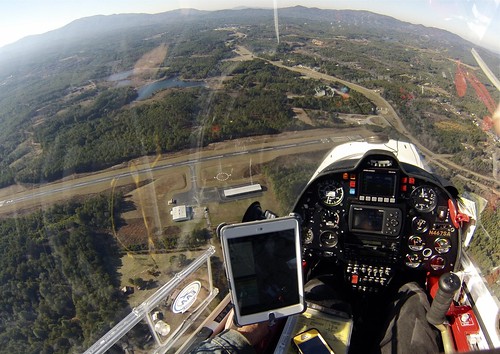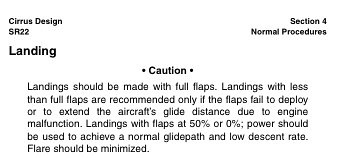Flymeariver
Pattern Altitude
Sorry if has been posted before.
I will be doing a transition from a 180hp C172 to a Cirrus SR20 (avidyne). What all should I expect....besides the extra 20 hp and side stick?
I will be doing a transition from a 180hp C172 to a Cirrus SR20 (avidyne). What all should I expect....besides the extra 20 hp and side stick?
Last edited:



 OK, let's see those "multiple crash investigations, accident statistics, human-factors design, and physics" which tell us that you can fully stall the entire wing on a Cirrus without doing a prohibited whipstall, and that any such stalls have actually occurred. Because I can point you to the FAA certification standards which say this airplane would not be certified if that were true. As for the rest, just ask anyone with more than 50 hours or so in type and who's actually given training in them.
OK, let's see those "multiple crash investigations, accident statistics, human-factors design, and physics" which tell us that you can fully stall the entire wing on a Cirrus without doing a prohibited whipstall, and that any such stalls have actually occurred. Because I can point you to the FAA certification standards which say this airplane would not be certified if that were true. As for the rest, just ask anyone with more than 50 hours or so in type and who's actually given training in them.

 The last three flights have been dropped due to snow. Hopefully I'll be signed off early March
The last three flights have been dropped due to snow. Hopefully I'll be signed off early March